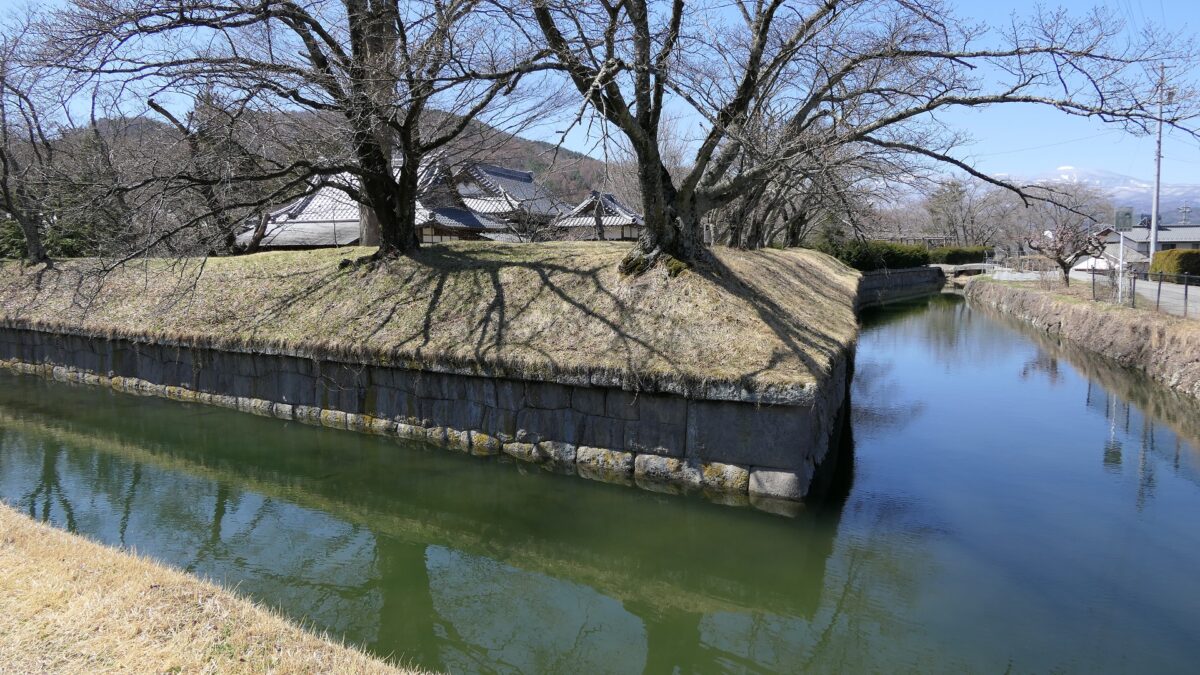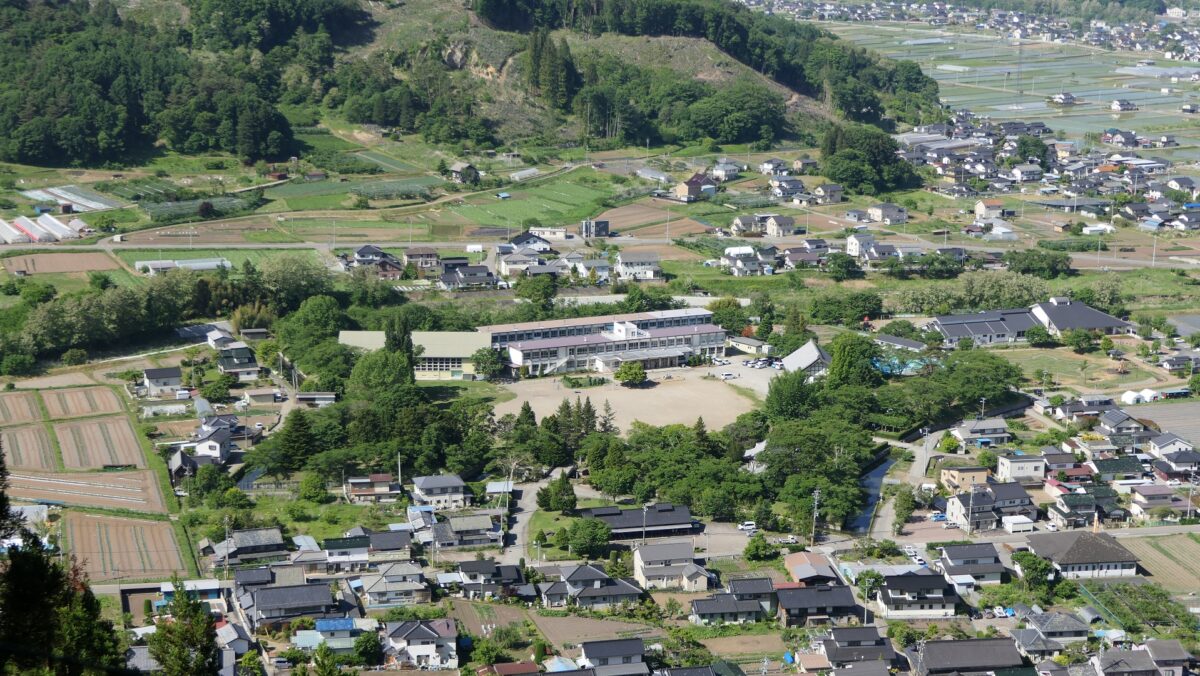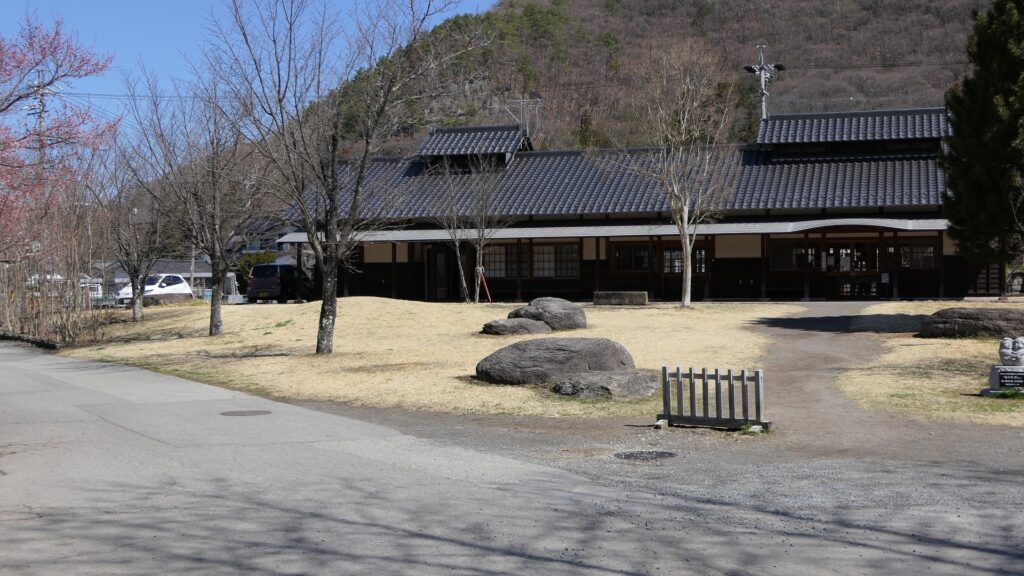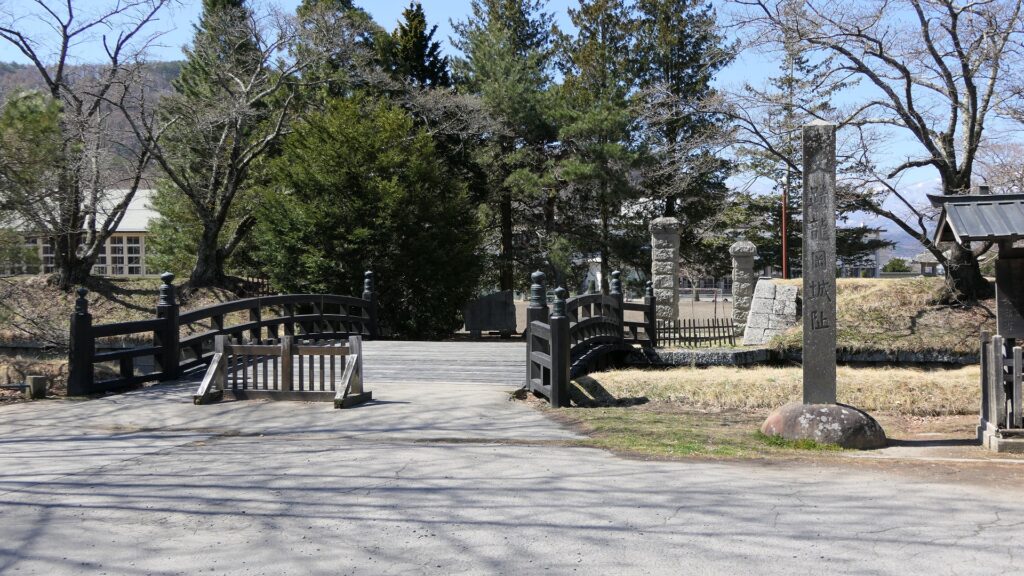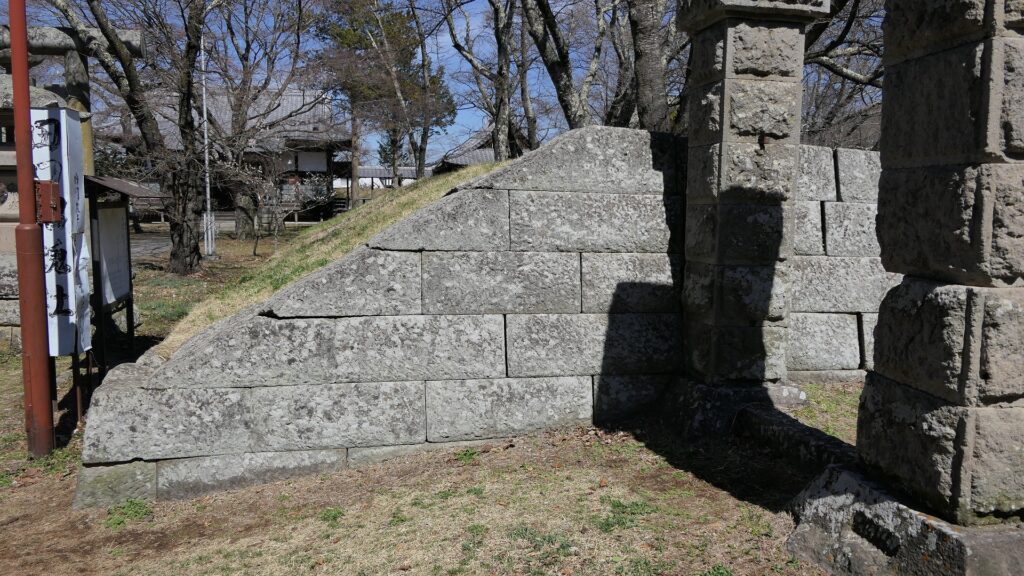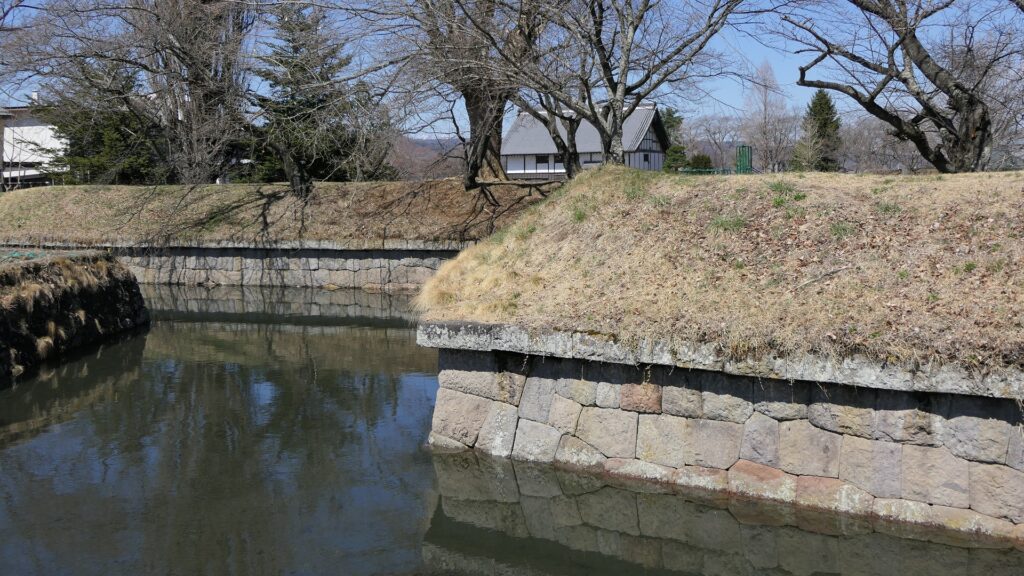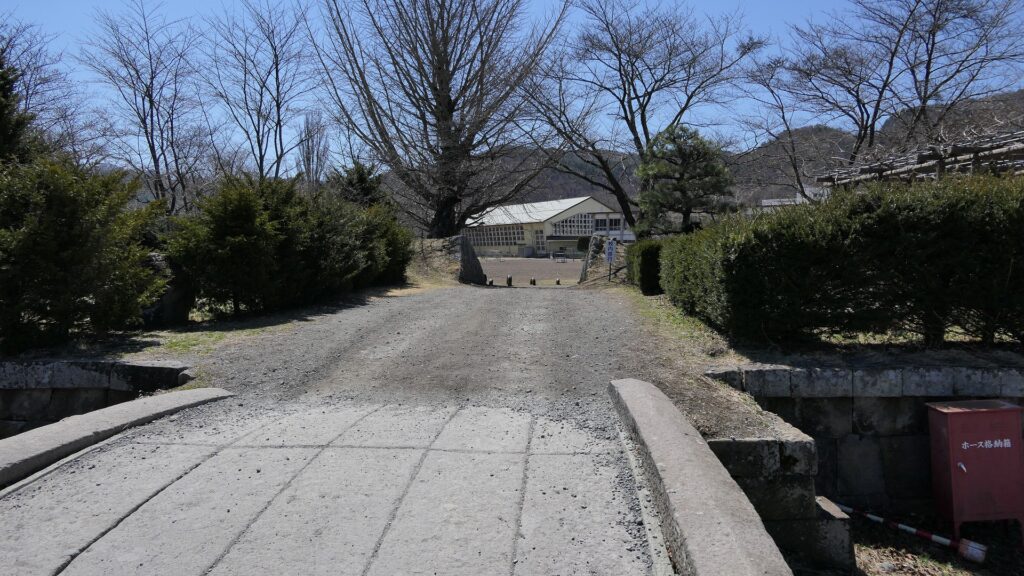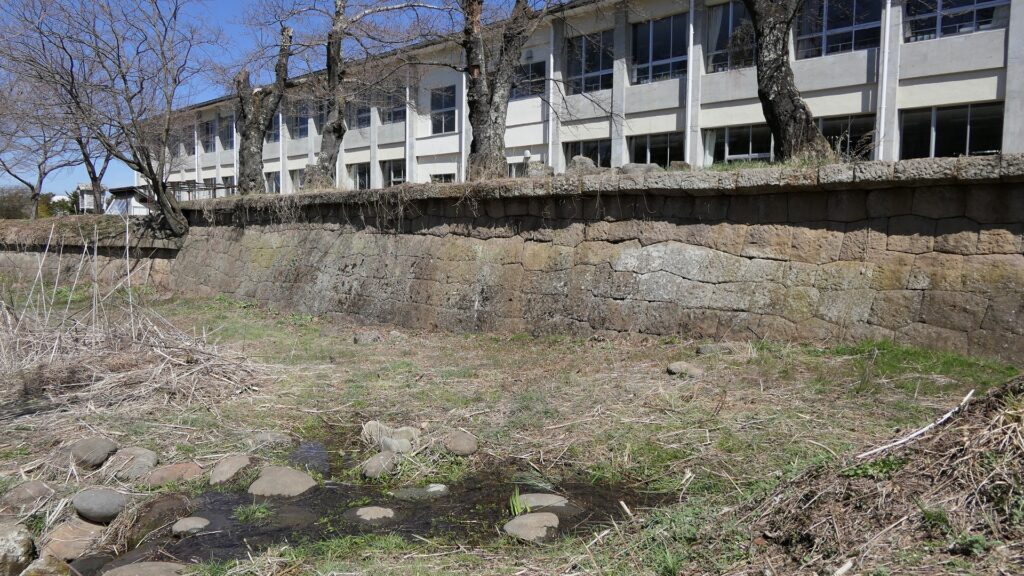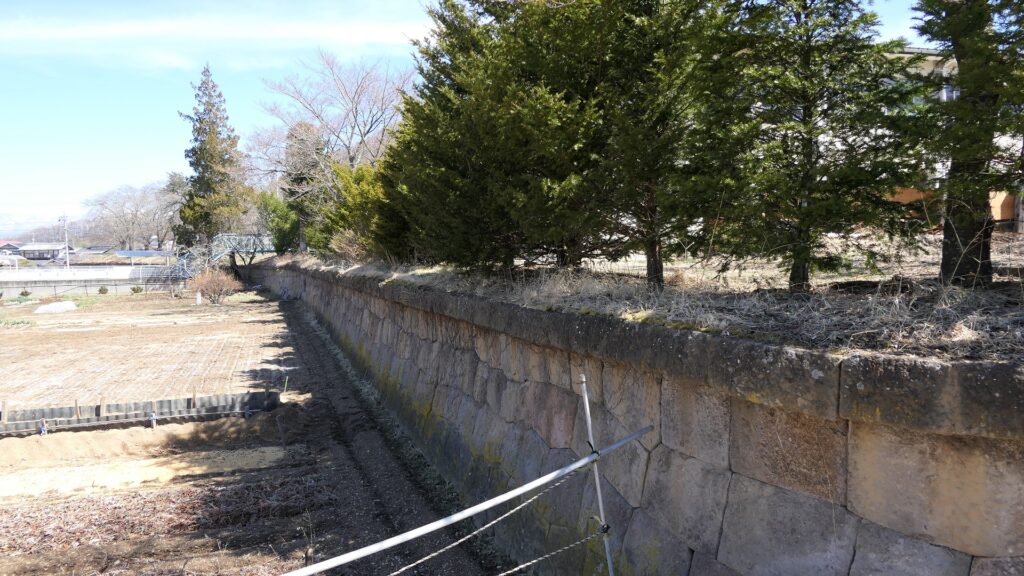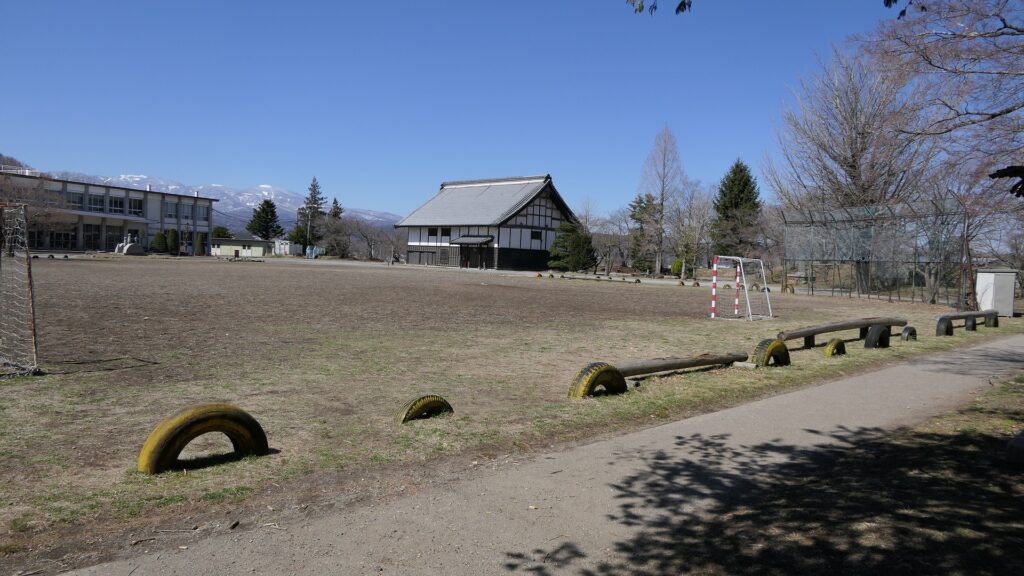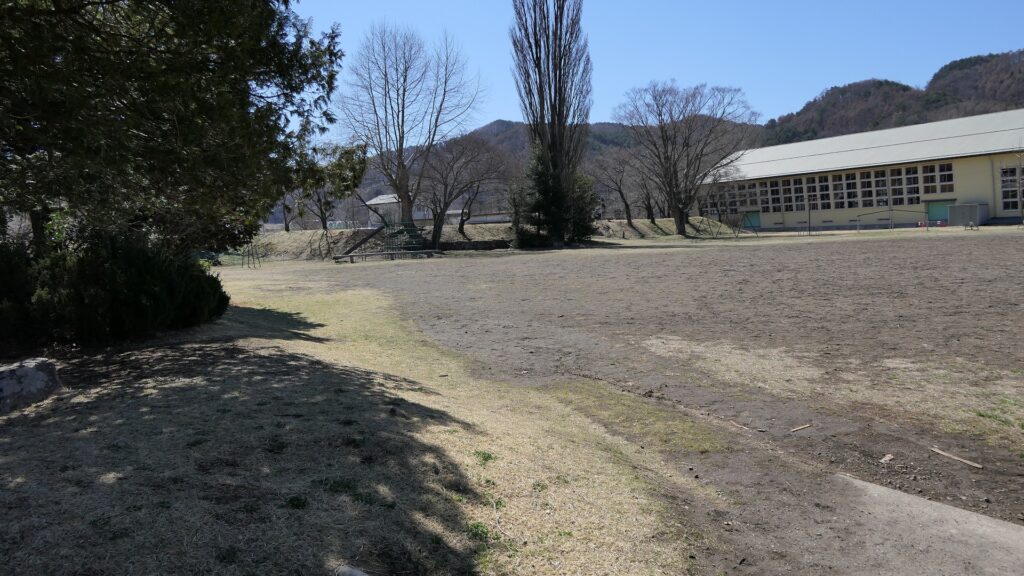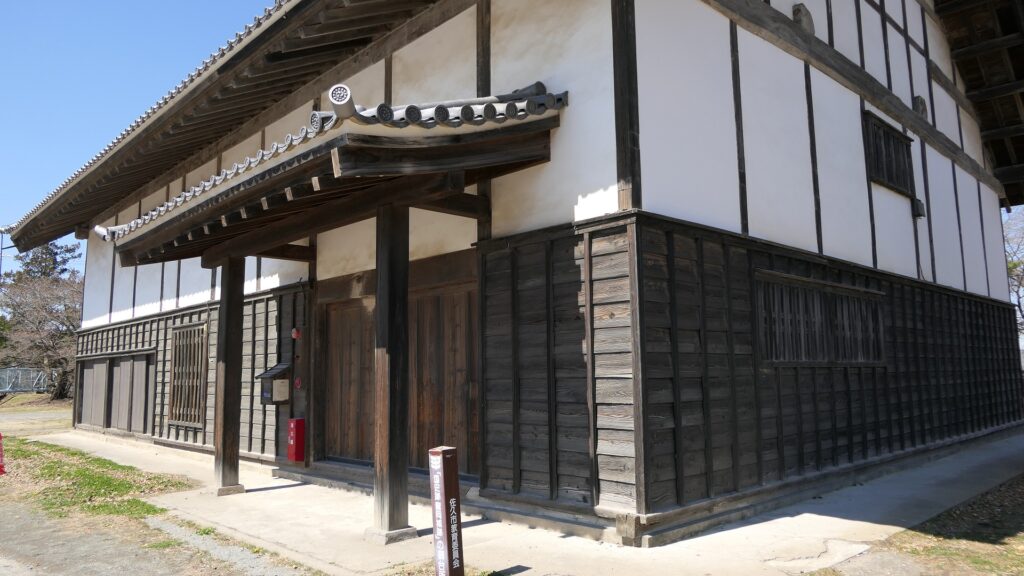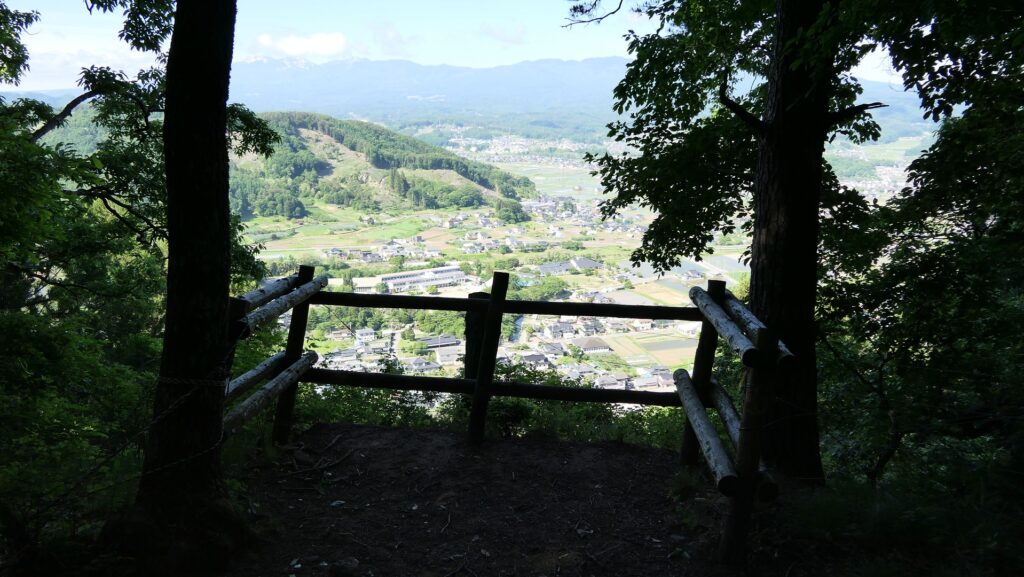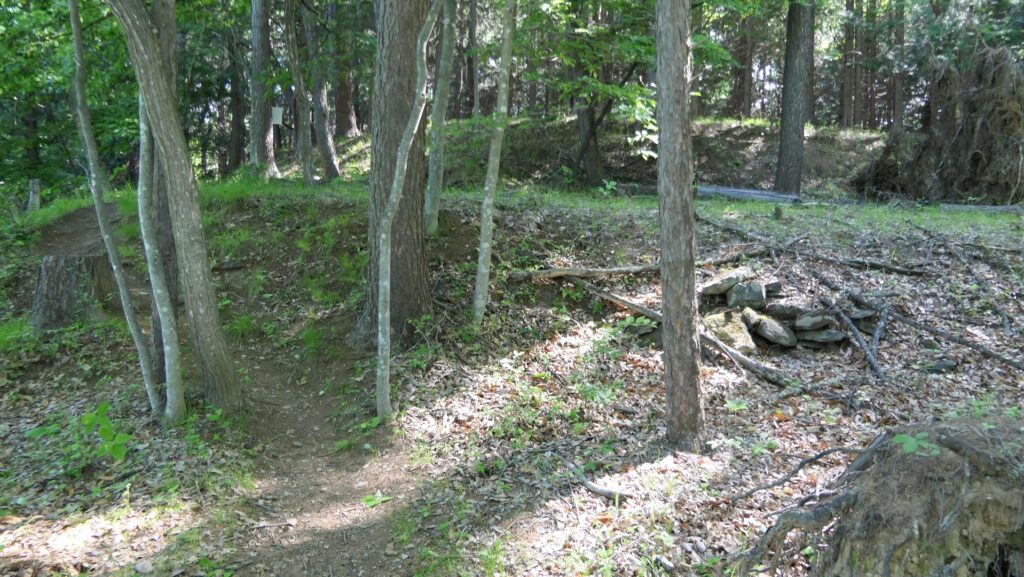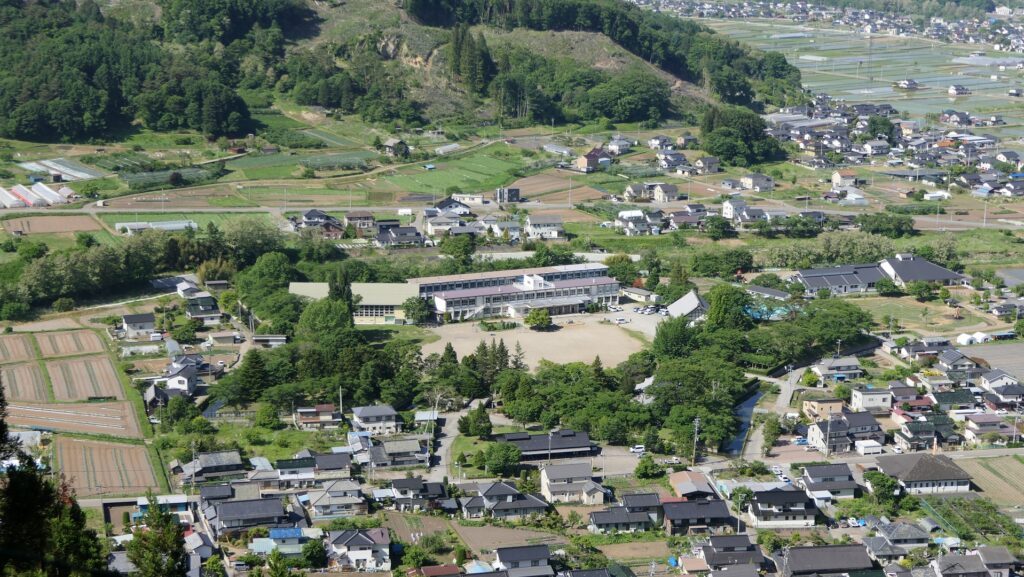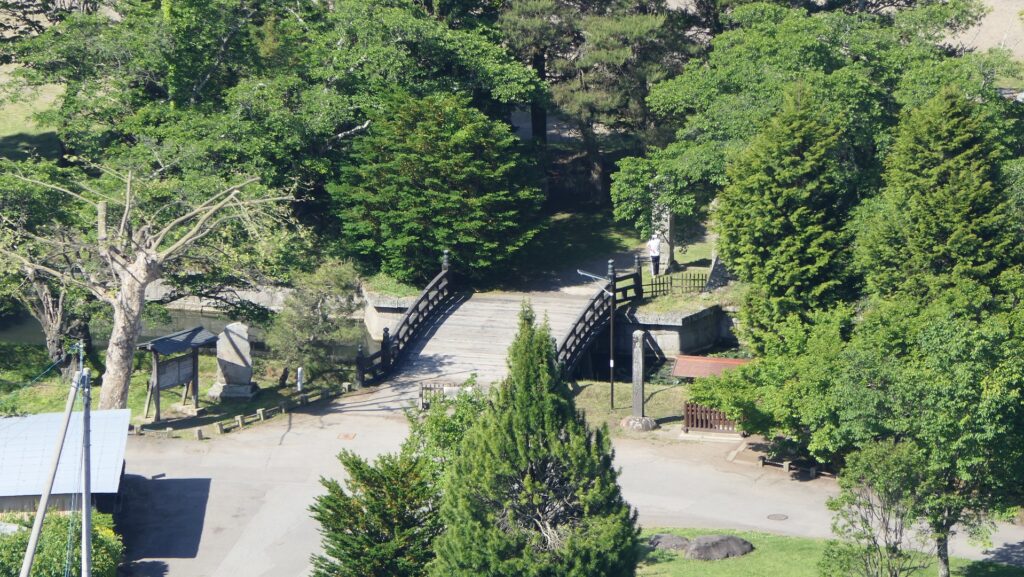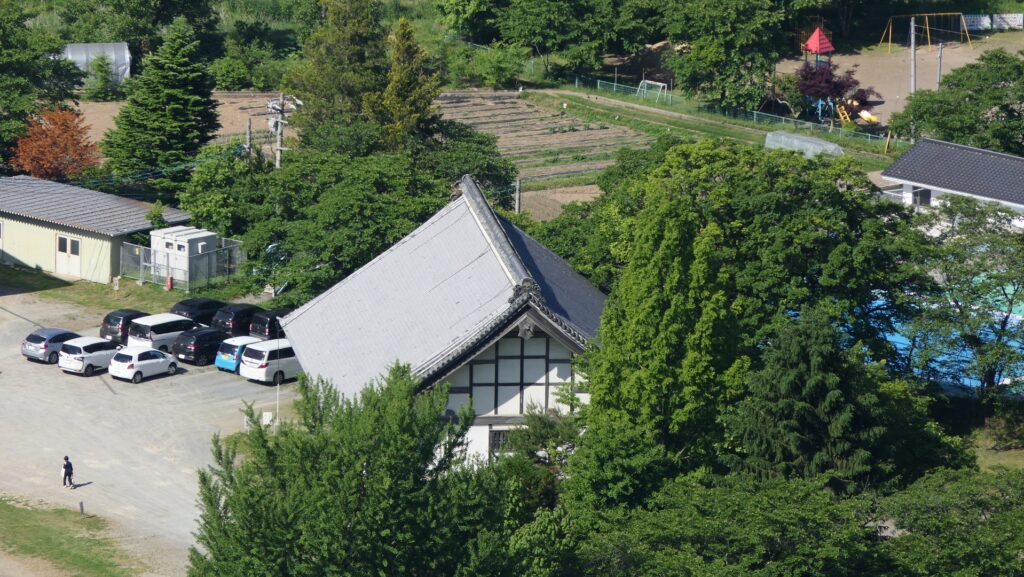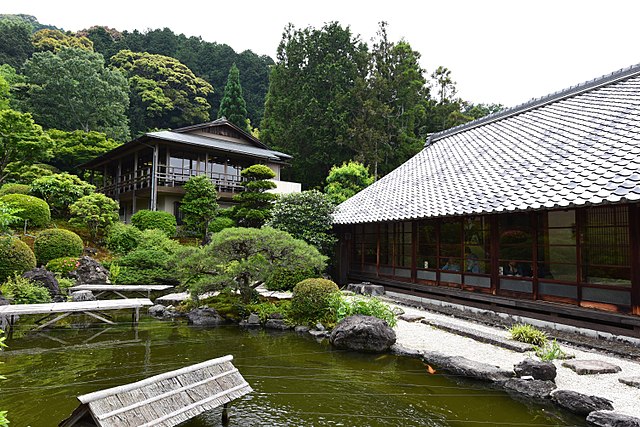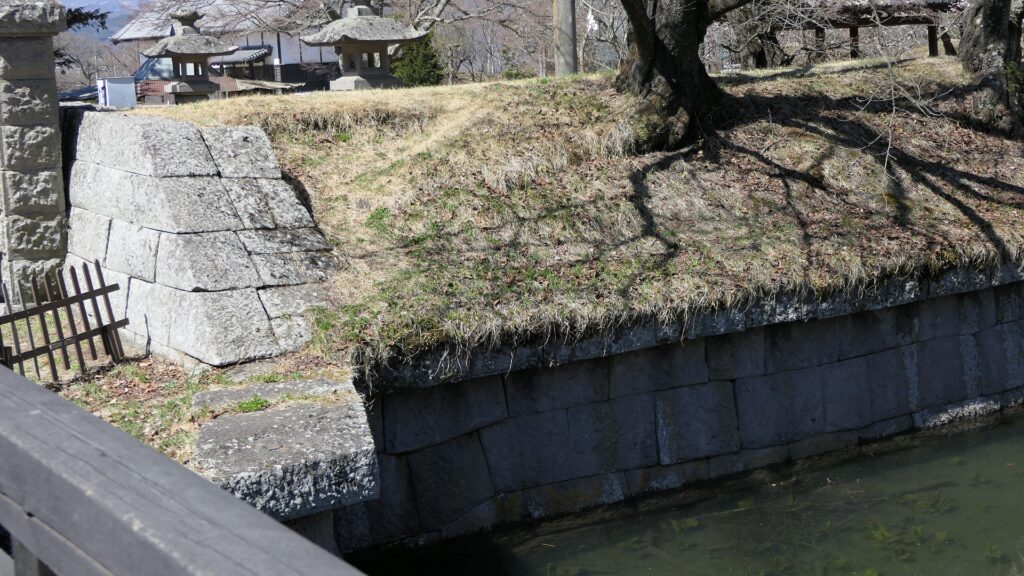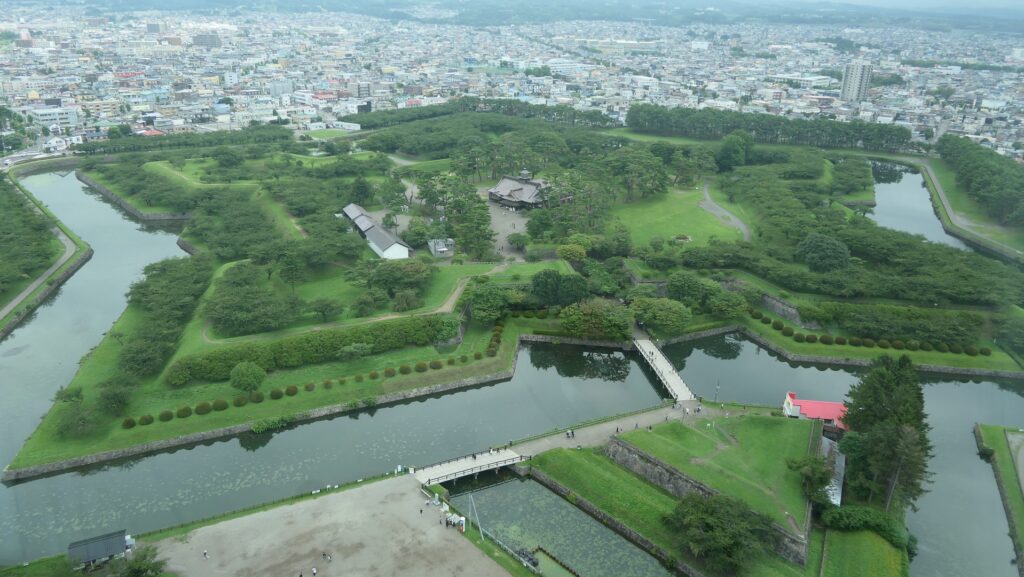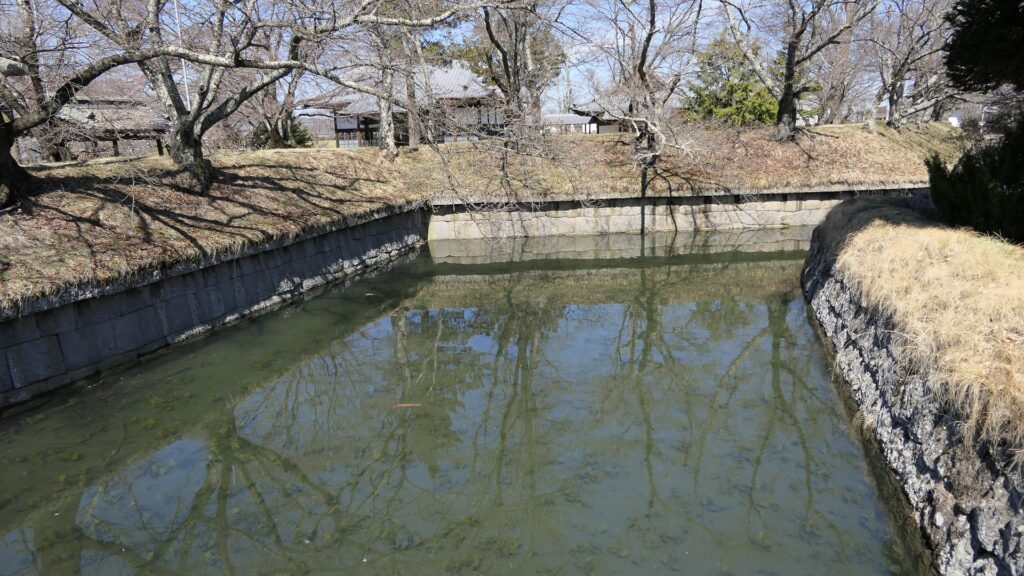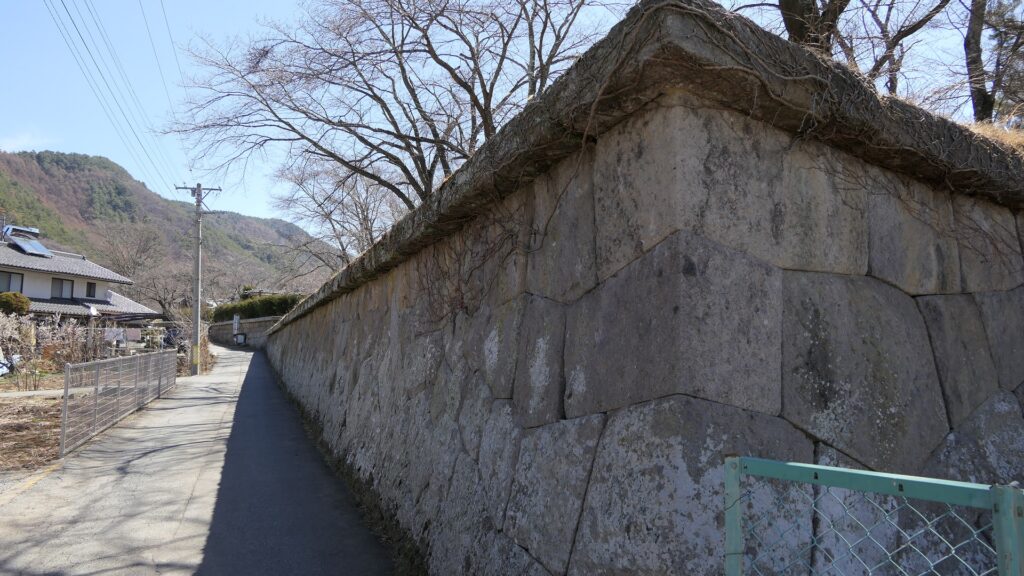Later History
Tatsuoka Castle was eventually abandoned in 1871. All the buildings of the castle excluding the Kitchen House were sold and demolished. Its stone walls and water moats were buried to be used as the school and fields. Norikata Matsudaira, the founder of the castle, changed his name to Yuzuru Ogyu, throwing the outdated family name “Matsudaira” away. He helped the establishment of the former Japanese Red Cross Society, called Hakuaisha, in the Meiji Era.

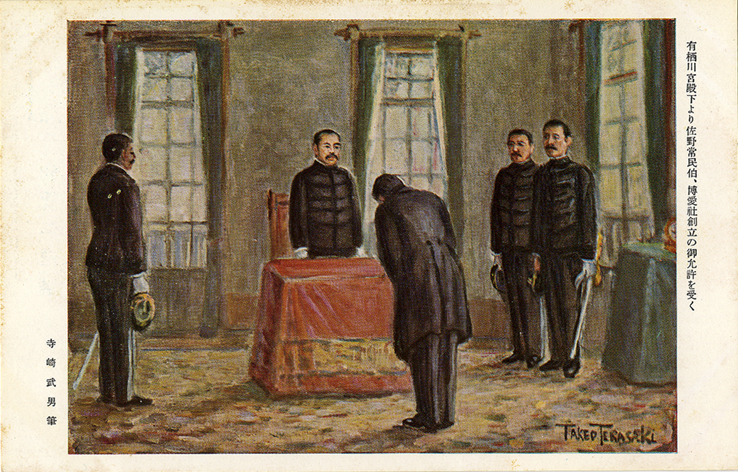
People in Tatsuoka started to restore the castle ruins in 1932 by digging the moats up and repairing the stone walls. As a result, the ruins were designated as a National Historic Site in 1934 while the bridge in front of the Main Gate Ruins was restored at the same time. In addition, the Taguchi Primary School in the ruins has just closed in March, 2023 due to the school integration. Saku City, which owns the ruins, is thinking about restoring the castle as much as in the Edo Period after the closing. It plans to restore the Main Gate in the near future as well. It is also considering to restore the Main Hall by moving the Kitchen House to its original position, re-building some missing structures, and asking the owners of some removed buildings to return them to their original positions.
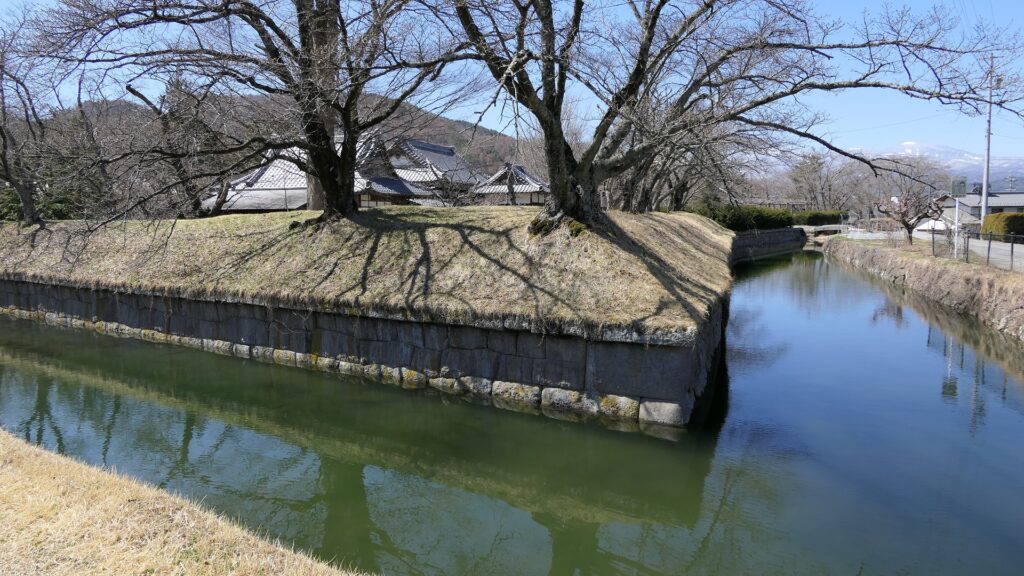

My Impression
I guess if a battle happened, Norikata would not use Tatsuoka Castle for the battle. Instead, he would use the former Taguchi Castle which could easily target Tatsuoka Castle. When the enemy reached the castle, he would counterattack it. Tatsuoka Castle was an outstanding landmark which could easily pull the enemy in. That is my speculation. I am looking forward to how the new Tatsuoka Castle will appear in the future.
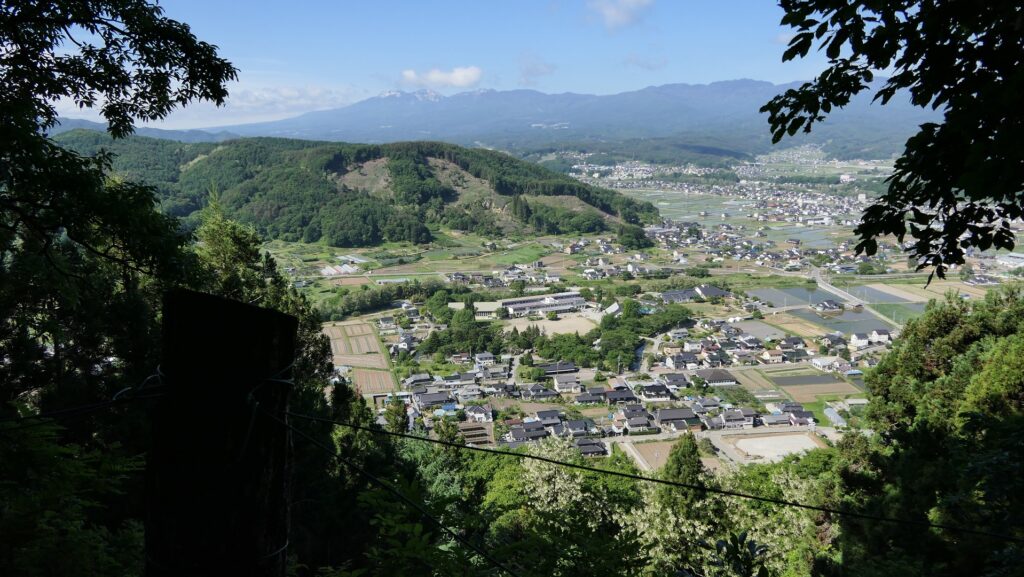
How to get There
If you want to visit the castle by car, it is about a 20-minute drive away from Saku-minami IC on the Chubu-odan Expressway. There are several parking lots around the castle ruins.
If you want to use public transportation, it takes about 20 minutes on foot from JR Usuda or Tatsuokajo Station.
To get to Usuda of Tatsuokajo Station from Tokyo: Take the Hokuriku Shinkansen super express and transfer to the Koume Line at Sakudaira Station.
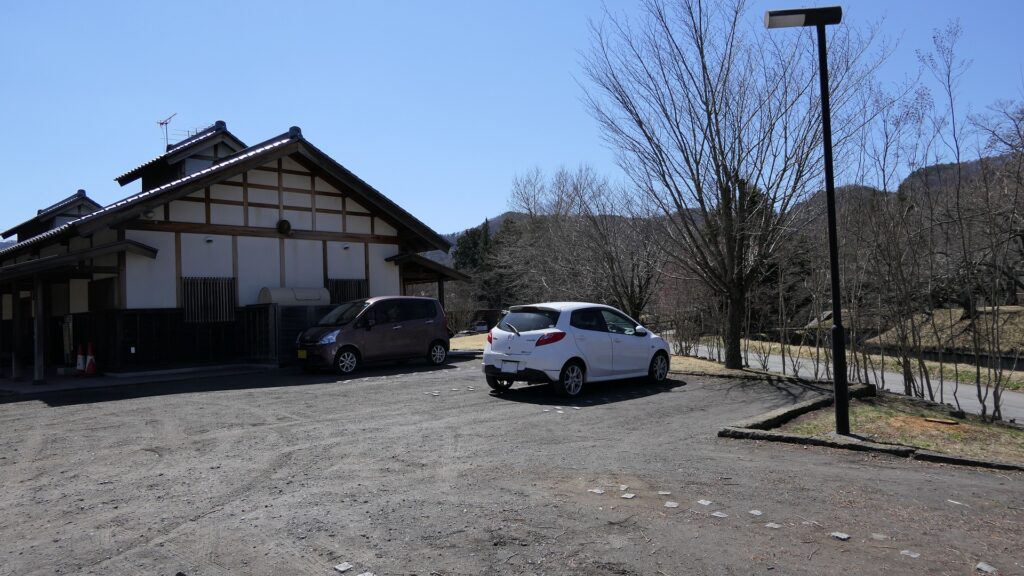
In addition, if you want to visit the Goryokaku observation platform, go on Nagano Prefectural Road 120 from the castle ruins to the north for about 500m. Once you see the signpost of the platform, turn right. The platform is 2.1km away from it along the forest road. You can reach it by following other signposts. If you drive there, you will need a small off-road vehicle to be able to reach the top. If not, you can park around the first signpost.

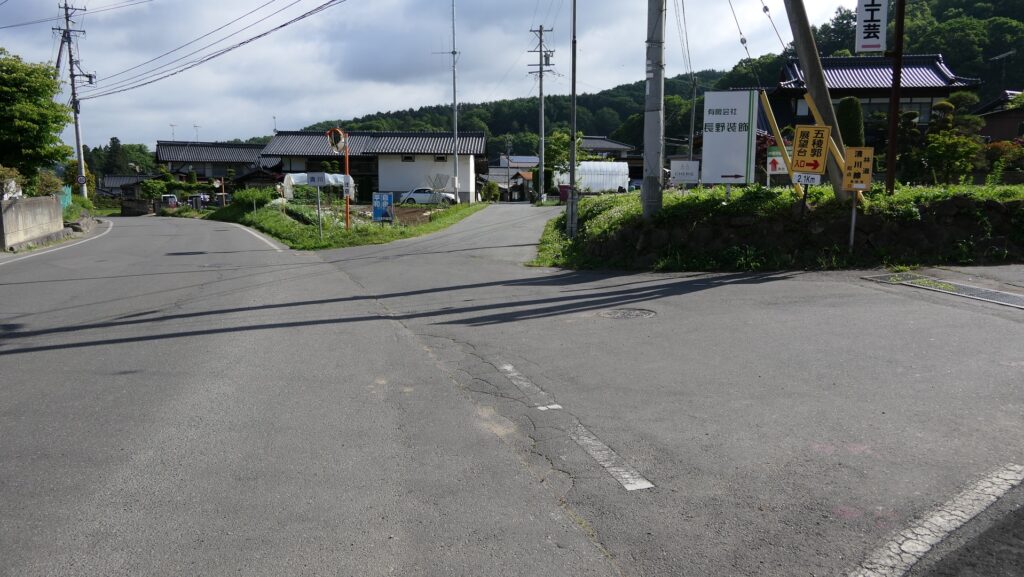
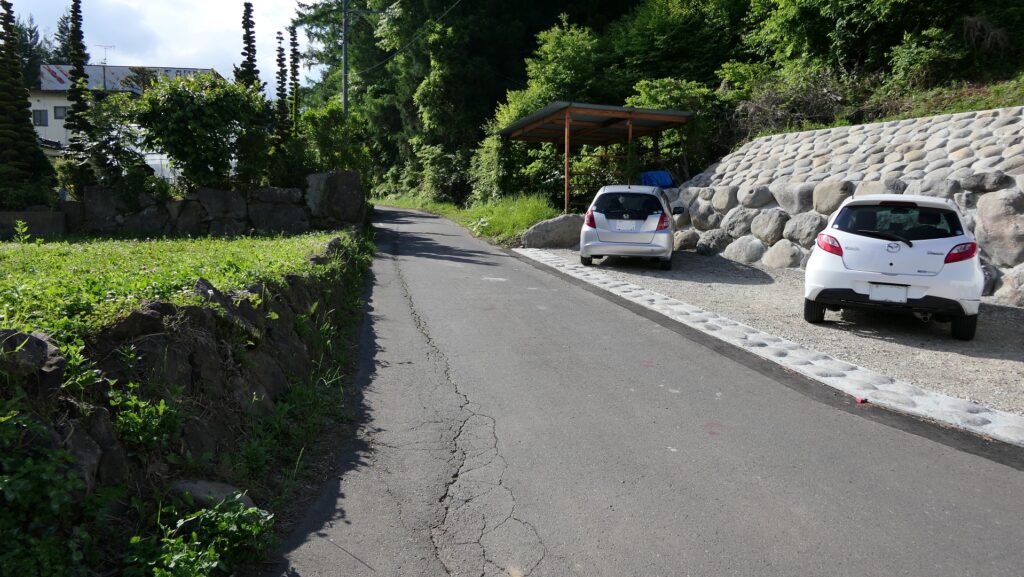


That’s all. Thank you.
Back to “Tatsuoka Castle Part1”
Back to “Tatsuoka Castle Part2”

